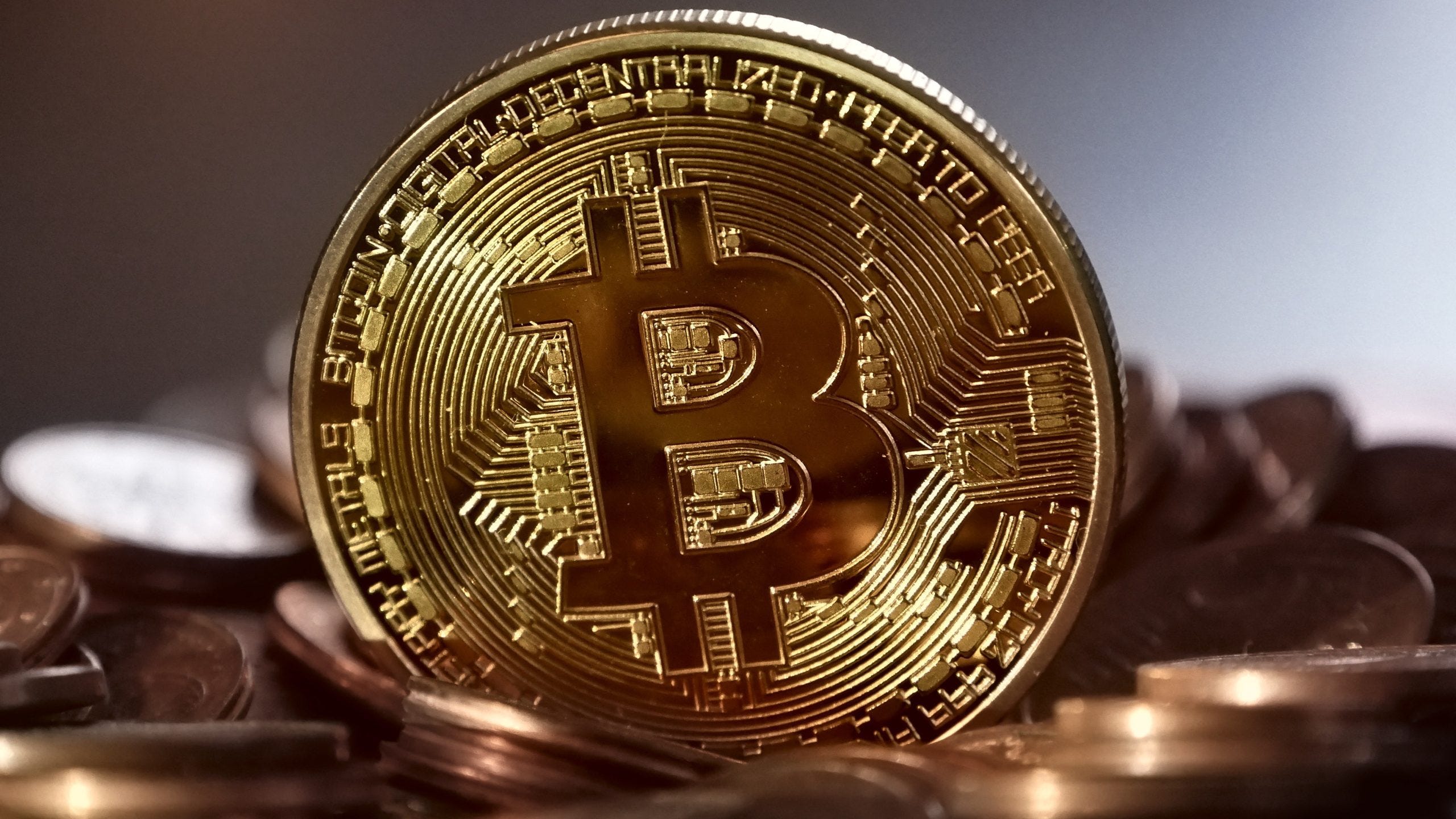Introduction:
In January 2009, Bitcoin, a decentralized digital currency, was created. It is based on concepts offered in a white paper by the enigmatic author Satoshi Nakamoto. The creators of the technology still need to be identified. In contrast to state currencies, Bitcoin promises lower transaction costs than other forms of online payment and is controlled by a decentralized organization. It has proved itself to be one of the most successful cryptocurrencies ever.
Bitcoin Mining:
The process of releasing Bitcoin into currency is known as bitcoin mining. Mining generally entails resolving computationally challenging riddles to determine a new block, which is then added to the blockchain.
Mining a bitcoin is the process of including and verifying transaction data across the Bitcoin blockchain. Miners receive Bitcoin as a prize, halved every 215,000 rounds—lowering the reward with each block discovery to 6.35 bitcoins.
Various devices can be used to mine bitcoin. However, some pay off better than others. Application-specific integrated circuits and more complex central processing units, such as graphic processing units, can yield higher rewards. These sophisticated mining devices are referred to as “mining rigs”.
The lowest unit of bitcoin is called a Satoshi, and it is divided into eight decimal places. Bitcoin could be divided into even more decimal places if the participating miners accept the change.
Because Bitcoin is a decentralized currency,
- There is no centralized entity in Bitcoin.
- Bitcoin is a peer-to-peer system with no centralized servers.
- The bitcoin ledger is decentralized, and the network has no central storage.
- The ledger is open to the public and can be stored on a computer by anyone.
- The ledger is managed by a system of equally privileged miners rather than a single administrator.
- A miner can be anyone who wants to be a miner.
- Competition guarantees that the ledger is maintained in good order. It is unknown which miner will establish a new block until it is uploaded to the ledge.
- Without requiring approval, anyone can establish a new bitcoin address.
- Without requiring authorization, anyone can submit a transaction to the system; the network verifies that the transaction is valid.
The emergence of the Bitcoin Paper wallet:
Bitcoin paper wallets are a secure and offline method of storing Bitcoin that involves printing the private keys and public addresses of a Bitcoin address onto a piece of paper. Despite the increasing popularity of digital wallets and hot storage solutions, paper wallets are popular among Bitcoin users due to their offline and physically secure nature.
In recent years, Bitcoin paper wallets have expanded in several ways to meet users’ needs better. It is because it has Improved Security Measures.
One of the primary concerns for Bitcoin users is ensuring the security of their funds, and paper wallets have addressed this by incorporating improved security measures. For example, some paper wallet providers now offer tamper-evident holograms or security stickers to deter physical tampering or theft. Some also offer multi-signature support, allowing multiple private keys to be required to access funds stored on a paper wallet.
Bitcoin paper wallet has also increased User-Friendliness. In the past, creating and using a Bitcoin paper wallet was complicated and required technical knowledge. Today, several online and offline tools simplify the process of creating a paper wallet, including step-by-step instructions and interactive interfaces. This has made it easier for users to store their Bitcoins and access them when needed securely.
Current Market Value:
In barely over a decade, Bitcoin’s price has climbed dramatically, from less than $1 in 2011 to more than $69,000 in November 2021. Various factors determine its worth, including relative scarcity, market potential, and marginal production costs. Bitcoins, despite their intangibility, have a huge market cap, with a total market value of $1.21 trillion as of November 2022.
The highest number of bitcoins that can ever be produced is 22 million, with the final bitcoin mining around 2139. More than 18.84 million bitcoins had been mined as of November 2021. Furthermore, analysts believe that up to 21% of those bitcoins have been “lost” as a result of someone forgetting their secret key, dying without leaving any instructions, or transmitting bitcoins to invalid addresses. In no time, bitcoin will also capture the remaining market by becoming more secure and reliable in the crypto world.



































